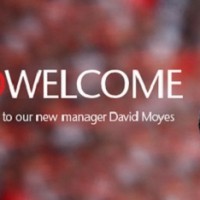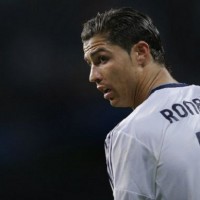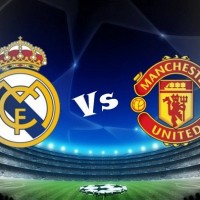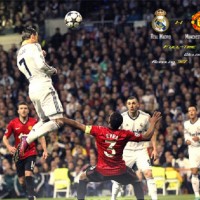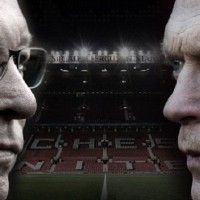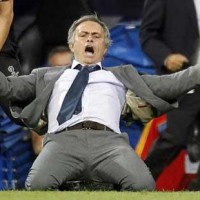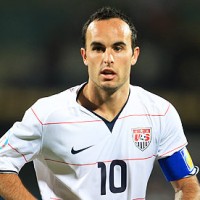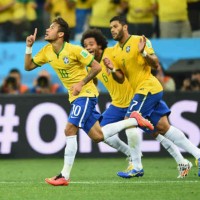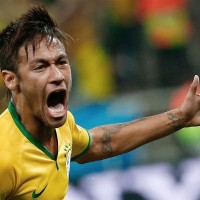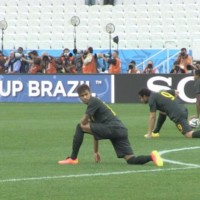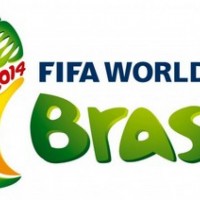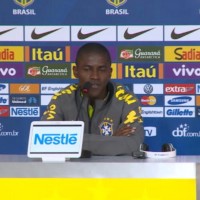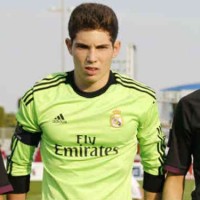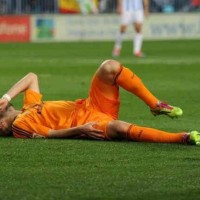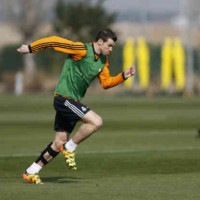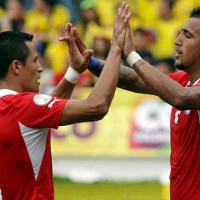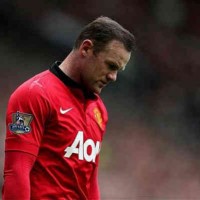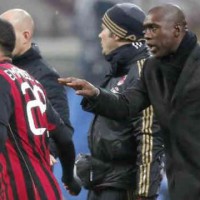Cristiano Ronaldo’s speed and skill were evident at the Estadio Jose Alvalde in a friendly against Manchester United for Sporting Lisbon in August 2003, assets and a performance which ultimately sealed a $15 million transfer to Old Trafford days later.
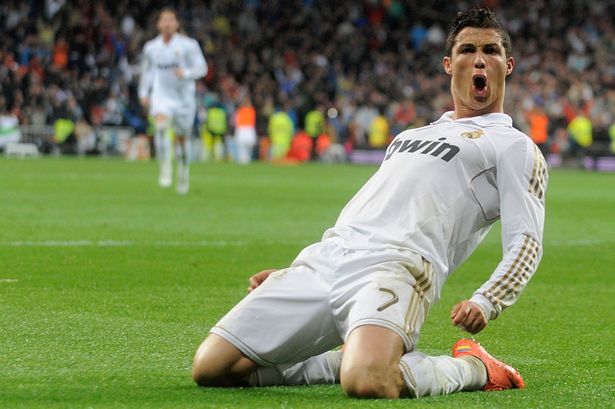
Cristiano Ronaldo celebrates another goal.
“Ronaldo was a natural talent, a rough diamond, but he crammed in thousands and thousands of hours of work to not only turn himself into the perfect player. but an athlete with no equal in the modern game. The then 18-year-old Ronaldo strode through the corridors of Manchester United’s Carrington training complex and embarked on his path to greatness. From day one, He had a plan. Ronaldo understood the work and the knowledge of how to become the best. His physical evolution incorporated all facets of athletic performance, with additional sprint and reaction work polishing up his raw, genetic gifts.
But it was the mastering of strength workouts and Olympic lifts – total body exercises performed in an explosive manner at pace – that were behind the development of a muscular physique that has gone on to adorn billboards and magazine covers across the world.
Clegg added: “I would say, physically, he is the perfect specimen. From his height to his natural body type, muscular structure, how much fat he’s got in his system, his endurance capacity, flexibility, power and strength – they are in perfect balance.
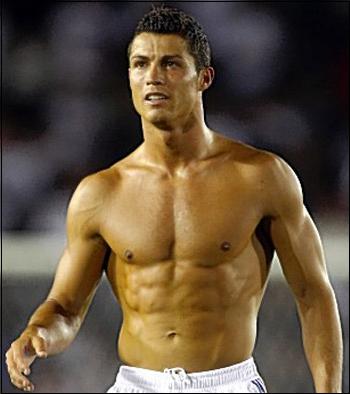
Cristiano Ronaldo – Made in Manchester
It seems strange looking back, but in Ronaldo’s early years at the United there were doubts he would make the grade at all. His penchant for showboating rather than delivering the final pass and a fondness for falling over the outstretched legs of defenders a little too theatrically angered team-mates and opposition alike.
The sight of Ronaldo doing extra work after training, strapping weights to his ankles and perfecting step-overs, practicing his free kicks and crossing long after his team-mates had headed for the showers became a common sight at United’s Carrington training ground.
Clegg also notes; “For every mistake he made in a game, he’d spend hours and hours and hours practicing to make sure it didn’t happen again.
The hard work paid handsome dividends. Ronaldo lifted a hat-trick of premier League titles between 2007 and 2009, as well as the Champions League in 2008 – a success which saw him named World Player of the Year for the first time that same year.
The summer of 2009, saw Ronaldo move to Real Madrid with a then world record $80 million transfer fee. Trophies have been harder to come by in Spain, with Ronaldo winning one La Laiga, One Copa del Ray and the Supercopa de Espana in his four years there to date, but on an individual basis he continues to surpass his own remarkable standards.
In 2013 alone, the Portugal captain scored 66 goals in 56 appearances and is already Madrid’s fifth-highest goalscorer of all-time.
There is surely little room left for improvement, but Aitor Karanka, who worked alongside Ronaldo at Madrid for three years as Jose Mourinho’s assistant, believes he can still get even better. “Ronaldo improves every day. Look at his numbers three years ago and you think, ‘It’s impossible he can do better,’ and then you look at him this year and he’s done better again. “He’s always improving and because of that, he is the best.”
This January Ronaldo claimed the 2013 Fifa Ballon d”Or in Zurich, the second time he has been voted the world’s best player. Those few who spent time around the gyms at Manchester United and Real Madrid would argue he deserves anything less.
